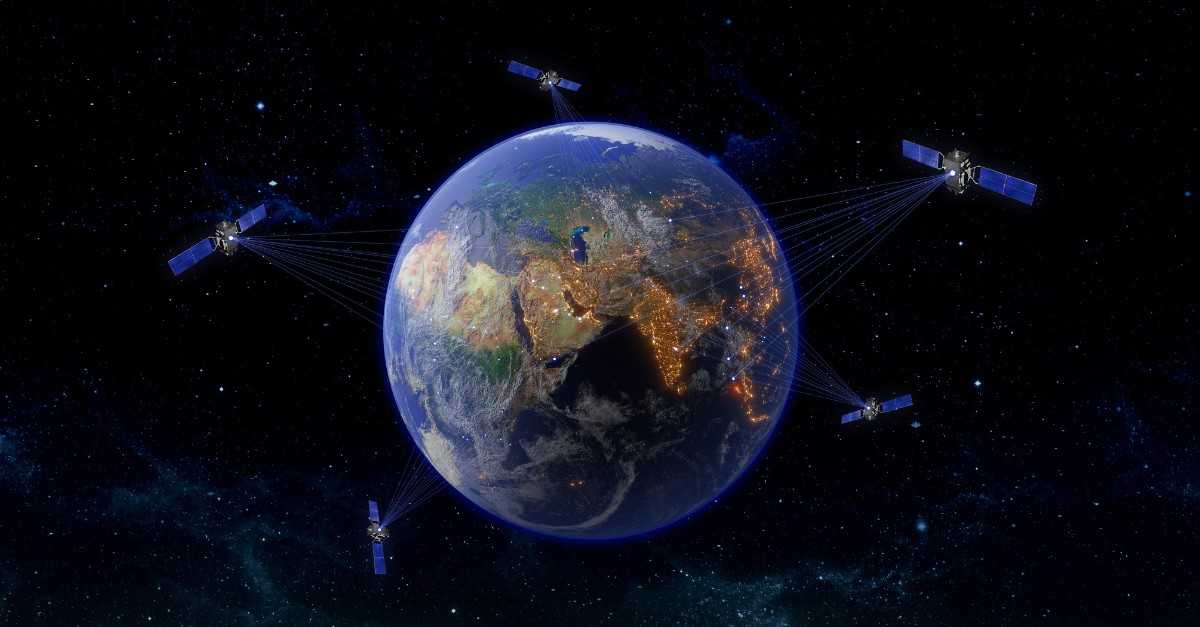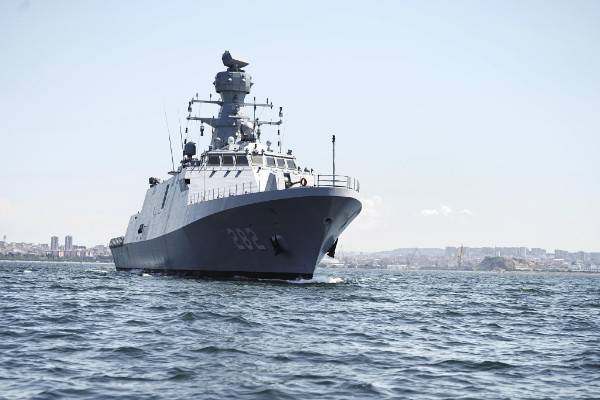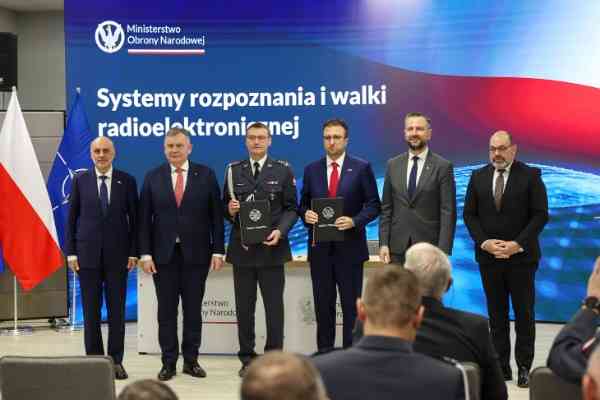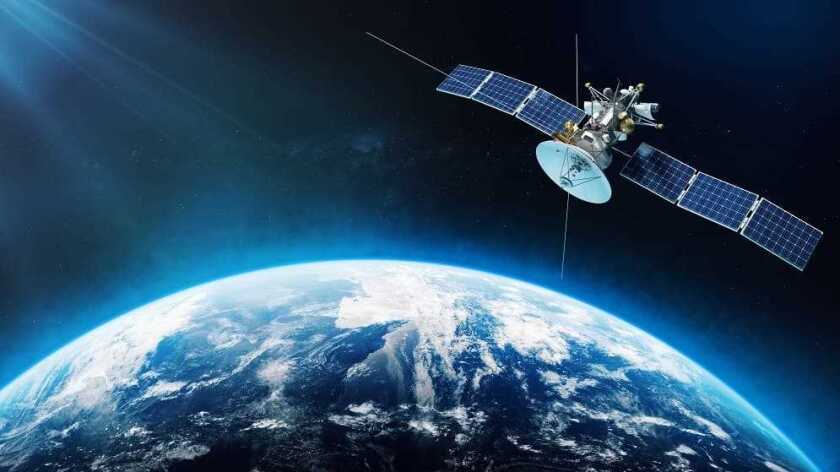European space technology company Neuraspace has marked its fifth anniversary at the World Satellite Business Week in Paris, highlighting strong growth in space traffic management (STM) and space domain awareness (SDA) solutions while setting out its vision for the future.
Table of Contents
ToggleGrowth Since 2020
Founded in 2020, Neuraspace has quickly become a key player in the increasingly critical field of space traffic management. Rising numbers of satellite launches, escalating orbital congestion, and the growing threat of space debris have created demand for integrated SDA solutions.
According to the company, its AI-enabled monitoring platform is now tracking more than 500 satellites, achieving an annual growth rate of 25%. CEO Chiara Manfletti said annual contract values have climbed close to €5 million and could grow tenfold to €40 million by 2030.
“This trajectory shows how STM has become a necessity, not a luxury,” Manfletti said.
Why STM Matters
Space operators are already carrying out tens of thousands of collision-avoidance manoeuvres annually, a burden that will only increase with the expansion of large constellations. STM solutions, capable of real-time collision avoidance, reduce operational risks, cut costs, and protect critical infrastructure in orbit.
“Asset protection in space has become mission-critical,” Manfletti explained. “Satellites support communications, navigation, security, and environmental monitoring. Liability concerns, insurance requirements, and international coordination are making STM indispensable.”
New Focus Areas
Neuraspace is expanding beyond traffic management into five product lines designed for commercial, institutional, and defence users:
-
Real-time Space Traffic Management & Operations
-
Data & Tracking
-
Launch & Early Operations
-
Launch Screening
-
Mission Design
The company is also investing in greater spacecraft autonomy to reduce reliance on manual operations.
Defence and Peacekeeping Dimensions
In addition to commercial services, Neuraspace is developing dedicated capabilities for defence and security. These include systems to detect and classify orbital threats such as jamming, spoofing, or suspicious proximity operations.
Manfletti said distinguishing between accidental incidents and hostile actions could be “key to peacekeeping” in today’s deteriorating security environment.
The Road Ahead
Over the next three years, Neuraspace plans to expand its sensor network—including telescopes, radars, and in-orbit sensors—while integrating more automated decision-making into its solutions.
“These measures will position Neuraspace as Europe’s reference provider for space domain awareness and autonomous space operations,” Manfletti said.
Context: A Growing Global Challenge
The issue of space sustainability is becoming more urgent as satellite constellations multiply. Analysts warn that without coordinated space traffic management, risks of collisions, service disruption, and orbital debris will escalate sharply. Neuraspace’s growth reflects both the urgency of the challenge and the emerging market for SDA solutions that combine commercial efficiency with strategic security.












